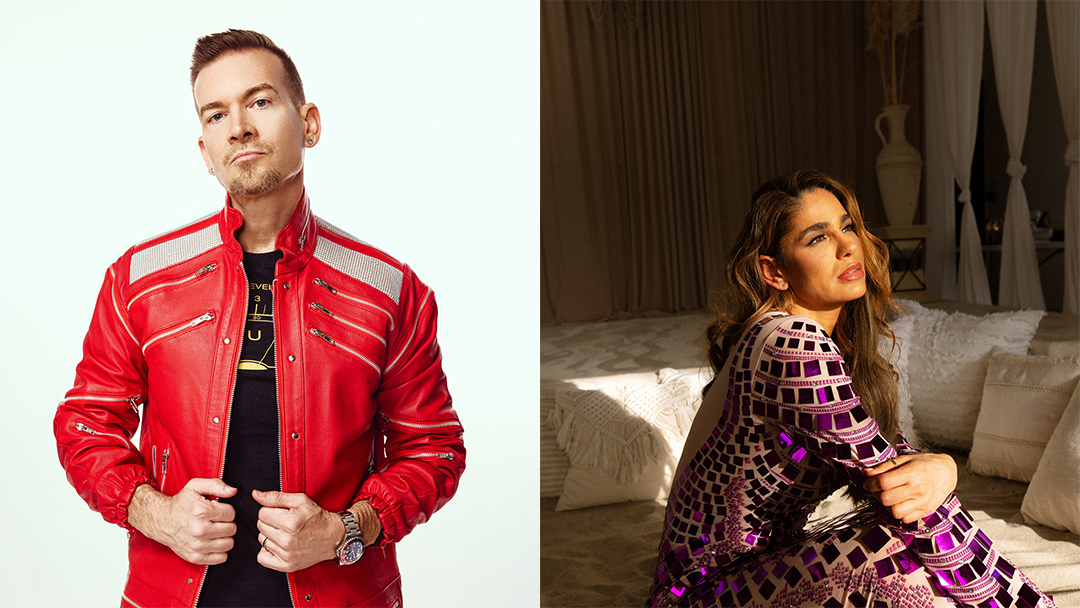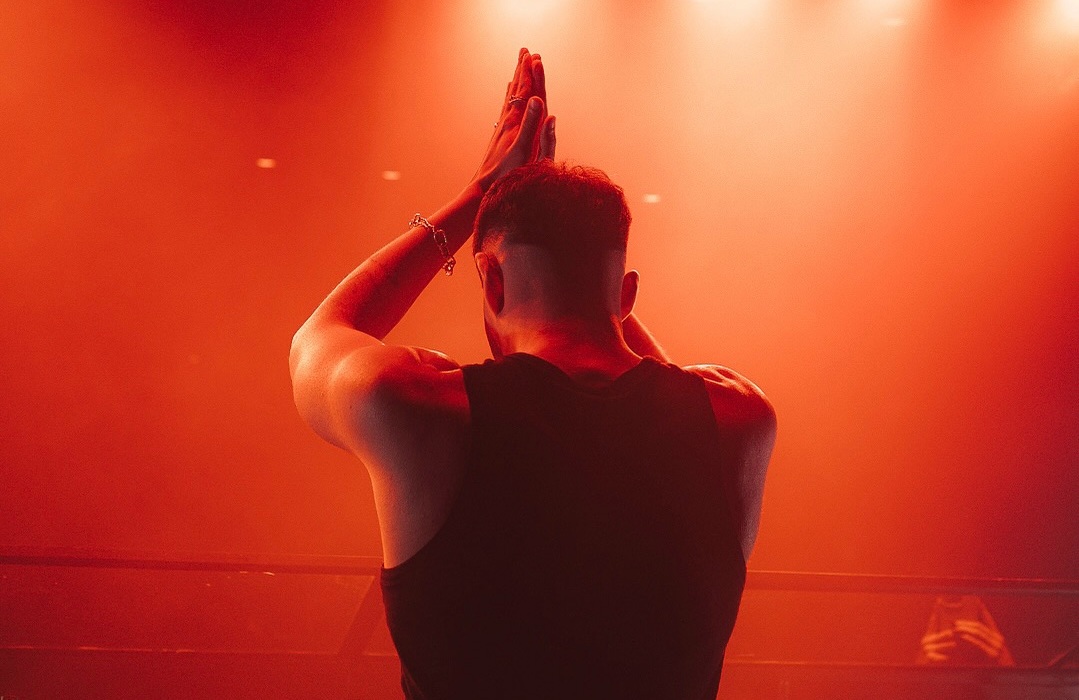This year, Kamen Rider celebrates its 50th anniversary and to celebrate, Toei will be releasing English subtitled episodes of the show on its YouTube channel. For many people, this will be the first time they have been able to watch this legendary franchise. Over its 50 year run, Kamen Rider has gone through many changes and format alterations, and its long and storied history can be split into several different eras.
1971-1973 - Kamen Rider
Kamen Rider creator Shotaro Ishinomori was working on a TV adaptation of his manga, Skull Man, when he came up with the idea for Kamen Rider. Skull Man was considered too cerebral and violent, so Ishinomori changed the story, gave the hero a grasshopper motif, and the rest is history.
Kamen Rider is about Takeshi Hongo, a man who was captured by Shocker, a terrorist organization with links to the Nazis. Shocker captures humans and turns them into cyborgs before brainwashing them. However, Hongo escapes the brainwashing and uses his new powers to fight against Shocker. While filming the 10th episode of the series, Hongo's actor was injured. So, the writers introduced Hayato Ichimonji, another human who was saved from brainwashing by Kamen Rider. Hayato took on the mantle of Kamen Rider 2 and continued to fight Shocker, and when Hongo's actor recovered, both Riders fought together.
This series set up many of the core concepts that the franchise still uses to this day, from the motorcycles to the powerful Rider Kick finisher. However, it is darker than what would come later, with more frank mentions of terrorism and fascism.
1973-1975- V3, X, Amazon, Stronger
When Kamen Rider ended in 1973, the franchise continued with Kamen Rider V3, beginning a period of annual releases. These series all take place in the same universe as the original Kamen Rider as Kamen Rider's mentor, Tōbei Tachibana, appears in all of them. Though they're tonally similar to the original show, they do slowly introduce some more fantastical elements. The final two series, Amazon and Stronger, tried mixing up the formula by taking the story in new directions. However, after Kamen Rider Stronger, the series went on hiatus for four years.
1979-1981 - Skyrider And Super-1
1979's Skyrider was billed as The New Kamen Rider, aiming to take the franchise back to its roots. The story is similar to the original Kamen Rider, but features a new protagonist fighting Neo-Shocker. This was followed by Kamen Rider Super-1, which featured a cyborg astronaut who had to repel an invasion from space.
After Super-1, the series would go on hiatus again until 1984's TV special, Birth of the 10th! Kamen Riders All Together!! introduced the 10th Kamen Rider, Kamen Rider ZX. However, a ZX series never came to fruition.
1987-1989 - Black And Black RX
Kamen Rider Black was the first series to not reference the franchise’s previous entries. It followed Kohtaro Minami, a young man who was kidnapped and turned into a cyborg by the Gorgom cult. However, Kohtaro escapes before he can be brainwashed. Kohtaro takes the name Kamen Rider Black and fights the Gorgom. However, he finds himself facing off against Shadow Moon, his brainwashed brother.
This tragic hero/villain relationship resonated with fans, and the show was massively popular. This led to it getting a direct sequel the next year in the form of Kamen Rider Black RX. This series followed Kohtaro's adventures as he faced off against the Crisis Empire.
1989-2000 - The Wilderness Years
After Black RX ended, the series went dormant again. Three movies were made in an attempt to revive the franchise, Shin Kamen Rider: Prologue, Kamen Rider ZO and Kamen Rider J. All of these films made changes to the formula. Shin Kamen Rider is closer to a biopunk horror movie with Shin resembling a humanoid insect rather than someone in armor. The other two films are also darker than the shows that came before and after them, harking back to some of the concepts from Skull Man.
2000-2009 - Kamen Rider Kuuga & Heisei Phase 1
The first series of the Heisei era, Kuuga aimed to start a new mythology for Kamen Rider. It follows Yusuke Godai, a man who finds himself tasked with saving the world from the evil Grongi Tribe. This series changed the franchise's format dramatically, becoming more like a serialized soap opera with interpersonal drama and story arcs on top of the monster-of-the-week fight scenes.
Kuuga set off a new era of yearly releases for the franchise. Unlike the Showa era, these series are self-contained with a new setting and story each year. Heisei also dropped the need for all Riders to be cyborg humans, meaning that the settings are very varied, from the classical mythology of Hibiki to the time-travel of Den-O.
2009-2019 Kamen Rider Decade & Heisei Phase 2
Marking 10 years of Heisei rider, Decade was an anniversary series that linked all of the previous Heisei Riders. The shows after Decade are referred to as “Heisei Phase Two” by fans. While visually similar to Heisei Phase One, this era is marked by a rise in the number of forms each Rider has as each season tends to feature a collectible toy gimmick of some form. The suits from this era are also more complex than those seen in Showa and Heisei Phase One.
One change in Phase Two was the series experimenting with directly linking shows outside of crossover movies, with organizations like Foundation X who have appeared in several shows. This era rounds off with Zi-O, an anniversary series that, like Decade, featured cameos from previous Heisei Riders.
2019-Present - Reiwa Era
Only two series have been released during the Reiwa era so far: Zero-One, and the currently airing Saber. At the moment, it is similar in style to Heisei Phase Two. However, as viewers' tastes change, we'll likely see Kamen Rider evolve to fit them. In a nice callback, Zero-One's base form, Rising Hopper is grasshopper-themed, alluding to the original Kamen Rider. Additionally, his final form, Zero-Two directly references the shift from Rider 1 to Rider 2. The timing couldn't be more perfect for the franchise to mark such an impressive milestone.
About The Author

